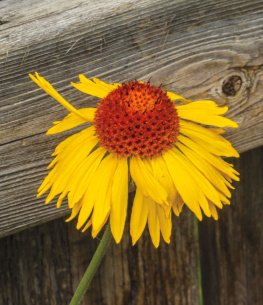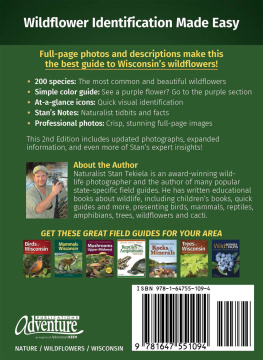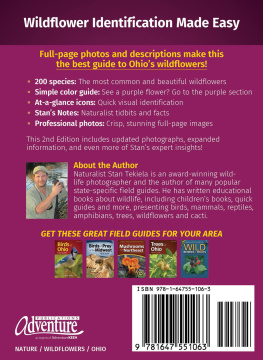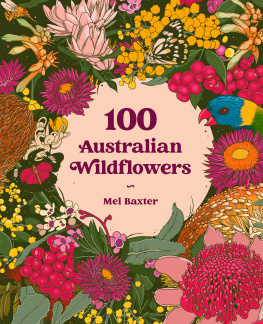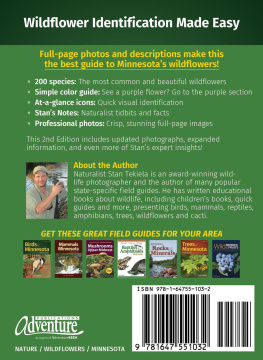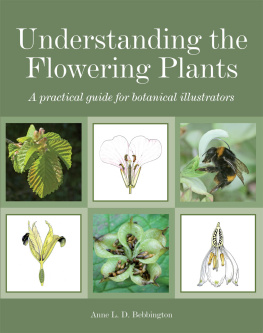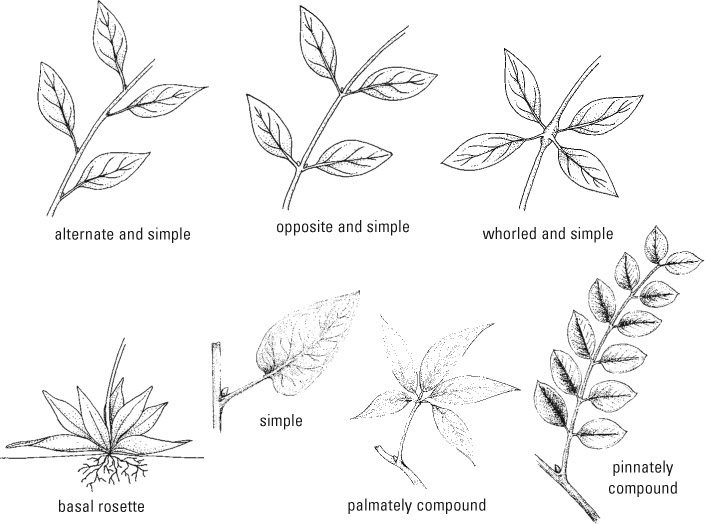Damian Faganobtained his BS in botany from the University of Washington. He is a former National Park Service ranger, The Nature Conservancy preserve manager, field biologist, and communications manager for the High Desert Museum. He currently writes about the natural world for a variety of publications. Damian lives in the Pacific Northwest and is best identified as the guy with binoculars and a camera slung around his neck.
While working on this field guide, I truly felt like I was standing on the shoulders of giants. Many have contributed to the knowledge and understanding of plants, including the many Indigenous peoples who roamed North America long before Europeans ventured across the ocean. Their shared wisdom of medicinal, edible, and toxic plants provided many New World settlers with an introduction to this valuable information. Plant collectors soon followed, and the thirst for more knowledge unfolded like a spring blossom. Modern-day taxonomists use genetic sequencing to determine relationships of plants, and they occasionally shake the taxonomic tree and rearrange some of its branches and leaves representing the hierarchy of plant taxa. Ever evolving, this knowledge base is rooted in a relationship that spans the millennia and draws in humans and wildlife, particularly the pollinators, whose floral connections are millions of years in the making. So much to learn, so little time, but enough of a reason to stand still in a field of flowers and soak up the paradise that flits and flutters, blossoms and blooms all around us.
I am grateful to the FalconGuides staff for their willingness to let me work on this project and for all the help they have provided in terms of editing, layout, printing, distribution, and marketing. In particular, Katie ODell (acquiring editor), Meredith Dias (senior production editor), and Joanna Beyer (layout artist) have been very understanding and helpful in the production of this book.
I also appreciate all the photographers who provided images for use in this book or who share their work through iNaturalist and allow their images to be used royalty free. Photographer credit appears along with their image. This work is a shared effort.
Viewing wildflowers in their natural habitats is highly encouraged. There are numerous private, city, state, and federal parks, forests, and preserves to observe flowering plants and pollinator activity. FalconGuides offers numerous wildflower field guides to specific areas. Numerous conservation organizations and Native Plant Society chapters provide information or field trips to view wildflowers as well.
An internet search will also provide a wealth of information regarding times and places to enjoy wildflowers. Some sites provide Wildflower Hotlines similar to those used by birders. Here are just a few of the many online resources available:
NATIONAL PARK SERVICE
nps.gov | WILDFLOWERS OF THE UNITED STATES
uswildflowers.com |
WILDFLOWER SEARCH
wildflowersearch.org | DESERTUSA WILDFLOWER REPORTS
desertusa.com |
NATIONAL FOREST SERVICE
www.fs.fed.us/wildflowers/viewing/index.php | ONTARIO WILDFLOWERS
ontariowildflowers.com |
| NATIVE PLANT SOCIETY Varies (search by state or local chapter) | THEODORE PAYNE WILDFLOWER HOTLINE (Southern California)
theodorepayne.org/learn/wildflowerhotline/ |
USDA NATURAL RESOURCE CONSERVATION SERVICE
plants.usda.gov | MINNESOTA WILDFLOWERS
minnesotawildflowers.info |
THE NATURE CONSERVANCY
tnc.org | SOUTHWEST COLORADO WILDFLOWERS
swcoloradowildflowers.com |
LADY BIRD JOHNSON WILDFLOWER CENTER
wildflower.org | OREGON FLORA PROJECT
oregonflora.org |
ANZABORREGO DESERT WILDFLOWERS
borregowildflowers.org |
WILDFLOWER IDENTIFICATION WEBSITES
identifythatplant.com |
Most of the plants described in this field guide are commonly referred to as wildflowers, or forbsherbaceous flowering plants that are not a grass, rush, or sedge. This category of plants encompasses annuals and perennials, plants with a life span that is either one year or greater than one year, respectively. A few species are biennials, plants that grow leaves the first year and produce flowers the second year. The decision of which wildflowers to include in this guide was based primarily on providing distribution and selecting representatives from across the country. An occasional endemic or rare plant is included, but since this guide is more an overview of wildflowers in North America, wildflower enthusiasts may need to check a local source for plants specific to a region and not included in this guide.


